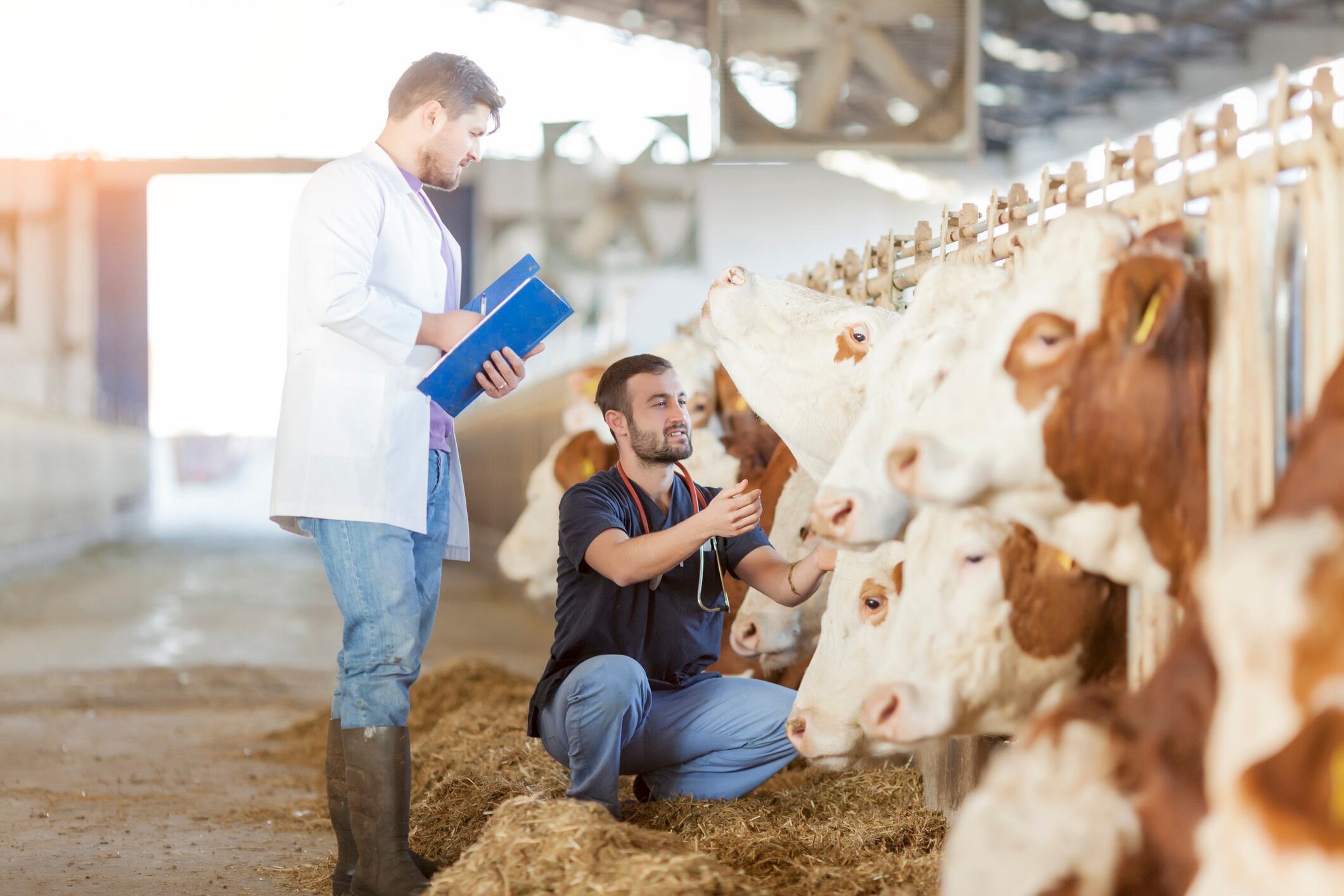Tecnologico de Monterrey researchers are showing the potential of nanoparticles as a crop input for disease management and plant health, though the regulatory pathway for approving the method is currently unclear.
The research team is testing nanoparticles in short-cycle seeds from the Jalisco region of Mexico — including on bananas, blueberries, poblano peppers, and tomatoes — to elicit a “natural immune response in plants” similar to a vaccine response in humans, Diego Eloyr Navarro-López, research professor in food security and nutrition at the school of engineering and science of Tecnologico de Monterrey and project leader, told AgTechNavigator.
“The speed of the cultivation cycles allows us to observe results in just a few months. This, combined with the use of short-cycle seeds, not only improves production but also has the potential to strengthen Mexico’s food sovereignty in a context of geopolitical changes,” Navarro-López shared in a press release.
The benefits of nanoparticles for agricultural output
In its experiments, the researchers are treating crops with nanoparticles of titanium oxide and hydroxyapatite, which are currently approved for use in other industries, Navarro-López explained.
While approved for various applications, titanium dioxide has become a controversial compound, with US regulators pushing to remove authorization for the food and cosmetic additive, per FoodNavigator-USA reporting.
Plants treated with nanoparticles produce endogenous antioxidants, allowing the plant to absorb nutrients more effectively and improving growth, according to the research. Additionally, the nanotechnology creates a symbiotic relationship between the plant’s roots and soil microorganisms, improving water absorption and metabolic processes, the researchers added.
The researchers are conducting lab and greenhouse experiments —controlling for various conditions like heat, humidity, etc. — as they work to move into open-field tests, Navarro-López said. Thus far, the team has not detected any toxic effects of nanoparticles on plants and animals, he added.
Also, the research team is exploring sustainable ways to develop nanoparticles, including by revalorizing citrus waste and essential oils, Tecnologico de Monterrey shared in a press release. The synthesis of a gram of nanoparticle can take weeks, depending on various factors, according to Edgar René López Mena, research professor in solid-state physics and co-leader of the research project.
“Our main focus is to create a specific nanoparticle with a specific structure and with a specific combination of microorganisms to [create] a specific response in the crop,” Navarro-López noted.
Next step: Testing in the field, finding a regulatory pathway
Tecnologico de Monterrey researchers, including undergraduate and graduate students, are conducting toxicological experiments and environmental studies, requirements for Mexico’s regulatory agencies, Navarro-López explained. However, “there are not specific regulations for nano-agro inputs,” Navarro-López added.
The research is already attracting the attention of companies, allowing the research institute to collaborate with private institutions for the eventual transfer of the technology, Navarro-López noted.




